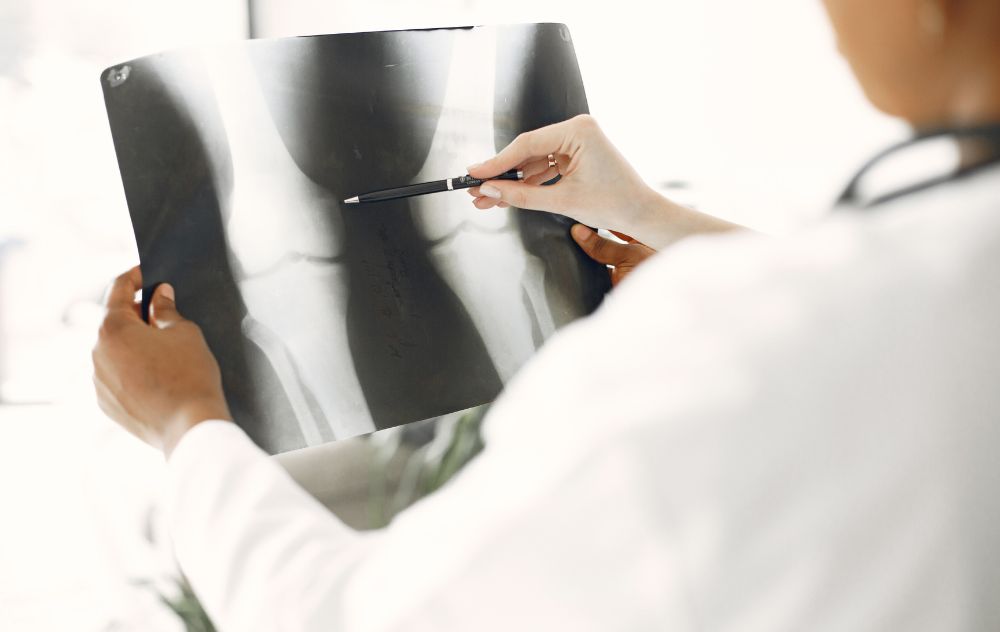
Chronic knee pain can affect one or both knees, making everyday activities—from walking up stairs to getting out of bed—feel like a challenge. If you’ve heard about Genicular Artery Embolization (GAE) as a non-surgical option for knee pain relief, you might be wondering: Can GAE be done on both knees?
The answer is yes—but with careful planning and evaluation by your pain specialist.
What Is GAE?
Genicular Artery Embolization (GAE) is a minimally invasive procedure that targets the small arteries supplying the inflamed knee joint. By reducing abnormal blood flow to the inflamed tissue, GAE helps decrease inflammation and pain caused by osteoarthritis and other chronic conditions.
The treatment is performed under local anesthesia, does not require surgery, and has little to no downtime—allowing many patients to return to normal activity within days.
Can Both Knees Be Treated with GAE?
Yes, both knees can be treated with GAE, but typically not during the same session.
Your pain specialist will evaluate factors like:
-
The severity of arthritis or inflammation in each knee
-
Your overall health and medical history
-
How your body responds to the first GAE procedure
“GAE has changed how we approach knee arthritis. For many patients, it offers lasting relief without the need for major surgery or a long recovery,” said Dr. Jacob White, Interventional Radiologist at USA Pain Center. “When both knees are affected, we carefully tailor the treatment plan to maximize comfort and results.”
In most cases, doctors will perform GAE on one knee first to assess your response. If you experience significant pain relief and improvement, the second knee can usually be treated a few weeks later.
Why It’s Usually Done One Knee at a Time
Performing GAE on both knees at once isn’t common because:
-
The procedure time and contrast dye usage increase when treating both sides.
-
Patients may experience temporary soreness or fatigue after the first treatment.
-
Staging treatments allows your doctor to monitor your recovery and adjust your care plan for the second knee if needed.
This approach ensures the safest, most effective outcome for each joint.
What to Expect Between Treatments
After your first GAE, you’ll likely notice:
-
Reduced knee pain and swelling
-
Improved mobility
-
Gradual improvement over the next several weeks
Your physician will typically recommend a follow-up appointment before scheduling the second knee. Most patients can safely have the second procedure 4–8 weeks after the first.
Benefits of Treating Both Knees
If you have bilateral knee pain, treating both knees with GAE can offer:
-
Better overall mobility and balance
-
Improved quality of life without the limitations of chronic pain
-
Avoidance of surgery on both joints
-
Minimal downtime between procedures
Because GAE addresses inflammation at the root cause, many patients experience lasting pain relief that helps them stay active and independent.
Is GAE Right for You?
GAE may be a good fit if you:
-
Have chronic knee pain from osteoarthritis
-
Have tried injections, medications, or physical therapy without relief
-
Want to avoid knee replacement surgery
-
Are looking for a non-surgical, image-guided treatment with minimal recovery time
A consultation with an interventional radiologist that specializes in knee pain can help determine if you’re a candidate for one or both knees.
See If You are a Candidate for GAE
So, Can GAE be Performed on Both Knees?
Yes, GAE can be performed for both knees, typically as staged procedures to ensure safety and optimal recovery. Many patients who undergo GAE for both knees report significant long-term pain relief and restored mobility—without the risks of surgery.
If knee pain is holding you back, schedule a consultation at USA Pain Center to discuss whether GAE is right for one or both of your knees.
